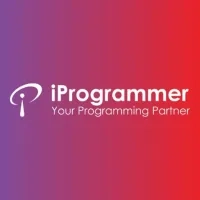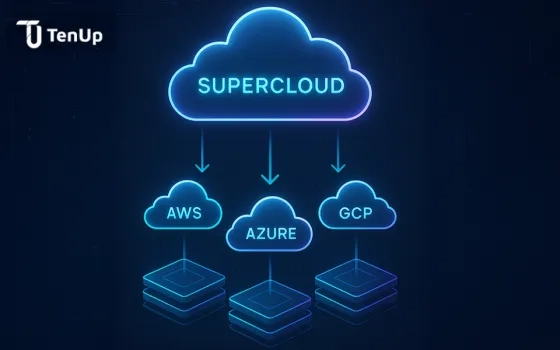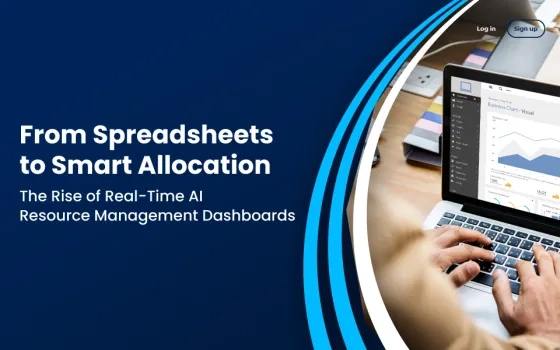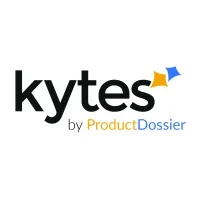Oracle Forms is a software tool used for designing and building business applications that run on an Oracle database. It allows developers to create user interfaces, define business rules, and manage data in an Oracle database.
While Oracle Forms has been a popular tool for many years, it is now facing several challenges that have led to the need for migration to other platforms.
One of the primary challenges with Oracle Forms is that it relies on older technologies that are not well-suited for modern web and mobile applications. Oracle Forms applications are typically client-server applications that run on a desktop environment, which limits their accessibility and scalability.
Additionally, the Oracle Forms platform requires specialized knowledge and expertise, which can make it difficult to find skilled developers and maintain existing applications.
Another challenge is that Oracle Forms has limited integration with other modern technologies and platforms. This makes it difficult to integrate with other systems and tools that are commonly used in modern business environments. The cost of maintaining and licensing Oracle Forms can be significant, which can make it less attractive for organizations that are looking to reduce costs and increase efficiency.
In this blog, we will explore different migration options for Oracle Forms applications and discuss the benefits and challenges of each option.
Option 1: Oracle Forms to Oracle APEX
Oracle Application Express (APEX) is a low-code development platform used to build web-based applications quickly and easily. It is a browser-based tool that enables developers to create modern and responsive applications with minimal coding effort.
APEX provides a declarative framework that allows developers to create database-driven applications by simply defining the data model, specifying the user interface, and adding business logic. The platform supports multiple data sources, including Oracle Database, Microsoft SQL Server, and other databases that support SQL.
APEX comes with a rich set of built-in features, including interactive reports, charts, calendars, wizards, and many others. These components can be easily customized to fit specific requirements, and the platform also allows for the integration of third-party libraries and plug-ins.
Pros:
Modernization: Oracle Forms has been around for many years and can be seen as an outdated technology. By migrating to APEX, organizations can modernize their applications and take advantage of newer technologies, such as HTML5, CSS3, and JavaScript.
Web-based: Oracle Forms is a client-server application, while APEX is a web-based application. This means that APEX applications can be accessed from any device with a web browser, including desktops, laptops, tablets, and smartphones.
Mobile Support: APEX has built-in support for mobile devices, which means that applications can be optimized for smaller screens and touch interfaces.
Rapid Development: APEX has a low-code development environment, which means that developers can create applications quickly and easily without having to write a lot of code.
Scalability: APEX applications can be easily scaled to support a large number of users and transactions.
Integration: APEX can be easily integrated with other Oracle products, such as Oracle Database, Oracle Business Intelligence, and Oracle E-Business Suite.
Security: APEX has built-in security features, such as authentication and authorization, to protect applications and data.
Challenges:
Learning Curve: There may be a learning curve for developers who are not familiar with APEX. Developers may need to spend time learning new tools, techniques, and features of APEX.
Cost: Depending on the scale of the migration, there could be significant costs associated with migrating from Oracle Forms to APEX. These costs could include training, hardware upgrades, and licensing fees.
Performance: Oracle Forms is a client-server application, while APEX is a web-based application. Depending on the complexity of the application and the hardware infrastructure, there could be a performance impact when migrating from Oracle Forms to APEX.
Functionality: Oracle Forms has been around for many years and has a mature set of features. Some of these features may not be available in APEX, or they may be implemented differently, which could affect the functionality of the migrated application.
Option 2: Upgrading to Oracle Forms 12C
The decision to upgrade Oracle Forms to version 12c should be made with the understanding that Premier Support for Fusion Middleware 12c, including Oracle Forms 12c, will end in December 2025 according to the Oracle Lifetime Support Policy.
This means that after this date, organizations will no longer receive critical security updates or bug fixes, leaving their systems potentially vulnerable to security threats and stability issues.
As a result, upgrading to Oracle Forms 12c may not be a viable long-term solution for businesses that require ongoing support and maintenance for their applications.
Organizations should carefully evaluate their options and consider other migration options, to ensure ongoing support and maintenance beyond 2025.
Option 3: Oracle Forms to Oracle Application Development Framework (ADF)/JEE
ADF is a Java-based development framework that can be used to migrate Oracle Forms applications. Oracle JHeadstart is a tool that helps developers migrate Oracle Forms applications to JEE/ADF (Java Enterprise Edition/Oracle Application Development Framework) quickly and easily.
Pros:
Improved scalability: JEE/ADF is designed to scale to meet the needs of large, complex applications, allowing organizations to grow and adapt their applications as needed.
Enhanced performance: JEE/ADF applications are optimized for performance, allowing organizations to achieve faster response times and better overall performance compared to Oracle Forms applications.
Improved security: JEE/ADF offers robust security features, including support for LDAP and SSL/TLS, allowing organizations to better protect their applications and data.
Modern development platform: JEE/ADF is a modern development platform that offers support for new technologies and capabilities, allowing organizations to stay current and take advantage of new innovations.
Reduced maintenance costs: By migrating to JEE/ADF, organizations can reduce the maintenance costs associated with legacy Oracle Forms applications, which can be expensive to maintain and update.
Automated migration: JHeadstart automates the migration process, reducing the time, effort, and risk associated with manual migration. This allows organizations to migrate their applications quickly and efficiently, with minimal disruption to their operations.
Better development tools: JEE/ADF offers a range of development tools, including Oracle JDeveloper, that provide a more modern and intuitive development experience compared to Oracle Forms.
Challenges:
Compatibility issues: Some Oracle Forms features and components may not be fully compatible with JEE/ADF, requiring organizations to make modifications to their applications or adjust their business processes.
Customization requirements: JHeadstart can generate Java and ADF code based on existing Forms applications, but additional customization may be required to meet specific business requirements or user needs.
Testing requirements: Migrating to a new platform requires extensive testing to ensure that the migrated application is functioning as expected and that there are no compatibility issues with other systems or components.
Skill requirements: Developing JEE/ADF applications requires a different skill set than developing Oracle Forms applications, which can require organizations to invest in training or hire new developers with the required skills.
Cost considerations: Migrating to JEE/ADF can be a significant investment in terms of time, resources, and cost, requiring organizations to carefully evaluate the business case for migration and ensure that the benefits outweigh the costs.
User acceptance: Migrating to a new platform can be disruptive to users and may require changes to familiar workflows and processes, which can impact user acceptance and adoption.
Option 4: Oracle Forms to .NET
Migrating Oracle Forms applications to .NET can be a complex process that requires careful planning and execution.
There are several third-party tools available that can assist with the migration process, such as Forms Converter. The tool uses a combination of automated and manual migration techniques to convert Forms code into .NET code, allowing organizations to modernize their legacy applications and take advantage of the capabilities of the .NET platform.
Pros:
Modernization: Migrating to .NET enables organizations to modernize their legacy applications and take advantage of new features and capabilities available in the .NET platform.
Improved scalability: .NET is designed to scale to meet the needs of large, complex applications, allowing organizations to grow and adapt their applications as needed.
Enhanced performance: .NET applications are optimized for performance, allowing organizations to achieve faster response times and better overall performance compared to Oracle Forms applications.
Better integration with Microsoft technologies: .NET is a Microsoft technology, which means that it integrates seamlessly with other Microsoft technologies, such as SQL Server and Azure.
Access to a large developer community: .NET has a large and active developer community, providing organizations with access to a wide range of development resources and expertise.
Improved security: .NET offers robust security features, including support for SSL/TLS and Active Directory, allowing organizations to better protect their applications and data.
Reduced maintenance costs: By migrating to .NET, organizations can reduce the maintenance costs associated with legacy Oracle Forms applications, which can be expensive to maintain and update.
Challenges:
One of the biggest challenges is ensuring that the new .NET application retains the same functionality and business logic as the original Oracle Forms application. This requires a thorough understanding of the Oracle Forms code, as well as the ability to recreate that functionality in .NET.
Additionally, the user interface design, data access layer, and other components may need to be redesigned or re-implemented to fit the new platform. Finally, the migration process can be time-consuming and costly, especially if it involves a large, complex application. Therefore, careful planning and execution are essential to ensure a successful migration.
Final Words
In conclusion, migrating Oracle Forms applications to modern platforms and technologies is a crucial step for organizations that want to reduce costs, improve efficiency, and stay competitive. While there are several migration options available, including migration to APEX, JEE/ADF, and .NET, each option has its own benefits and challenges that need to be carefully evaluated.















